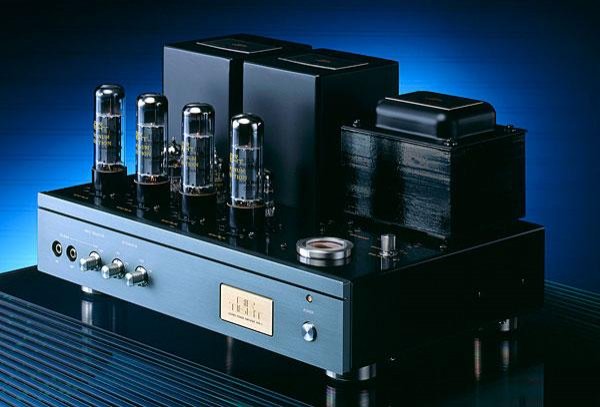Caesar, plenty of spkrs outperform Zu, but often they cost a lot more too.
I’m a Definitions 4 owner, currently their TOTL, modded w Duelunds to high- and low-pass filters, and bespoke Lundahl transformers to the onboard Hypex sub amps. I also have removed the stock spikes and have them on Symposium Rollerblocks.
Caesar, where they excel is kind of what you’re alluding to with this thread. That is a strong midband saturation of tone (tone density). Now remember, Zu mids stretch from 30-40Hz in room, up to 11-12kHz, so this tone density absolutely supercharges the speaker to really communicate. When you factor in true 101dB efficiency and no crossover to sap energy in this extended midband, this is where Zu scores it’s home run.
However it’s also a little bit of an Achilles Heel, because things need careful setup for those mids not too sound too opaque or occasionally shouty into the lower treble. And the sub bass takes some thought too.
Also Zu does not tick the typical high end marque checklist.
But for sheer communication, they’re hard to beat.
My advice? Reach out to Sean Casey at Zu, he’s one of the good guys in audio engineering, he’ll give you best advice.
My choice would be Definitions 4 at $15-20k or the newly released Druid VI at $10k.
PM me to chat more.
I’m a Definitions 4 owner, currently their TOTL, modded w Duelunds to high- and low-pass filters, and bespoke Lundahl transformers to the onboard Hypex sub amps. I also have removed the stock spikes and have them on Symposium Rollerblocks.
Caesar, where they excel is kind of what you’re alluding to with this thread. That is a strong midband saturation of tone (tone density). Now remember, Zu mids stretch from 30-40Hz in room, up to 11-12kHz, so this tone density absolutely supercharges the speaker to really communicate. When you factor in true 101dB efficiency and no crossover to sap energy in this extended midband, this is where Zu scores it’s home run.
However it’s also a little bit of an Achilles Heel, because things need careful setup for those mids not too sound too opaque or occasionally shouty into the lower treble. And the sub bass takes some thought too.
Also Zu does not tick the typical high end marque checklist.
But for sheer communication, they’re hard to beat.
My advice? Reach out to Sean Casey at Zu, he’s one of the good guys in audio engineering, he’ll give you best advice.
My choice would be Definitions 4 at $15-20k or the newly released Druid VI at $10k.
PM me to chat more.


